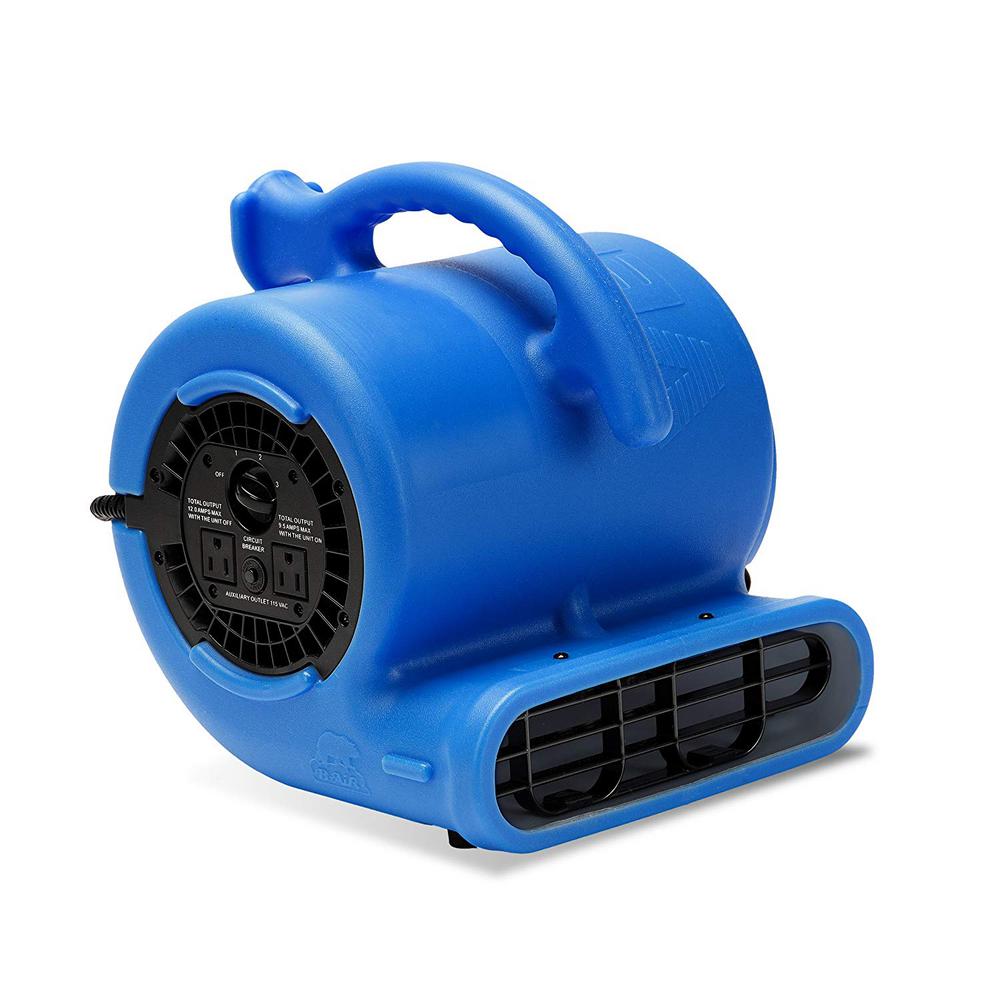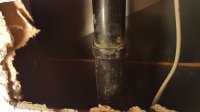I have a unique situation where I have 2 bathroom tubs (both with moen diverters) that each seem to be leaking behind the wall through basement ceiling at the same spot. The tubs are several feet apart. Have tested each by: 1 filling tubs from spout and then draining with no leaks; 2 running hot and then cold water from spouts with no leaks; 3 running showers cold with no leaks; 4 running hot water from showers and get leaks from each but leaks only directly below one of the tubs.
Is there any way the cartidge in the faucet above the leak could cause both hot showers to leak.
Have taken off handle and plate to view diverter but dont see evidence of water leakage at pipe connections.
Am at my wits end trying to figure this out.
Is there any way the cartidge in the faucet above the leak could cause both hot showers to leak.
Have taken off handle and plate to view diverter but dont see evidence of water leakage at pipe connections.
Am at my wits end trying to figure this out.


